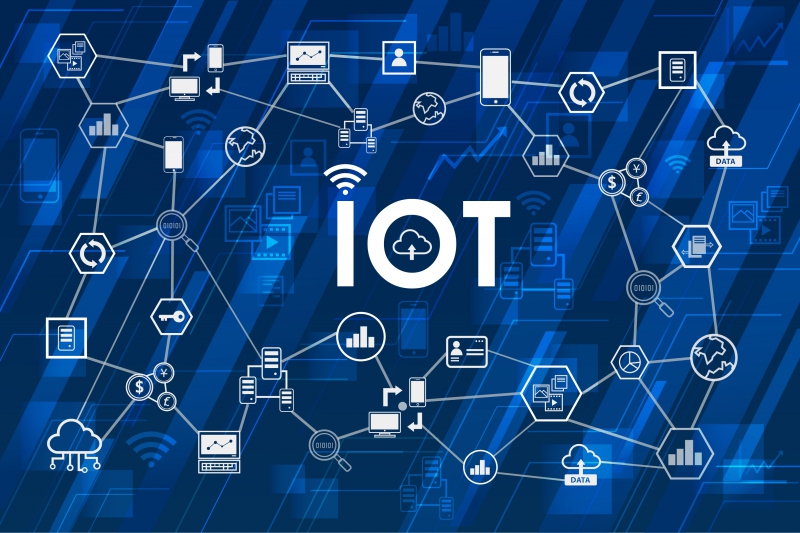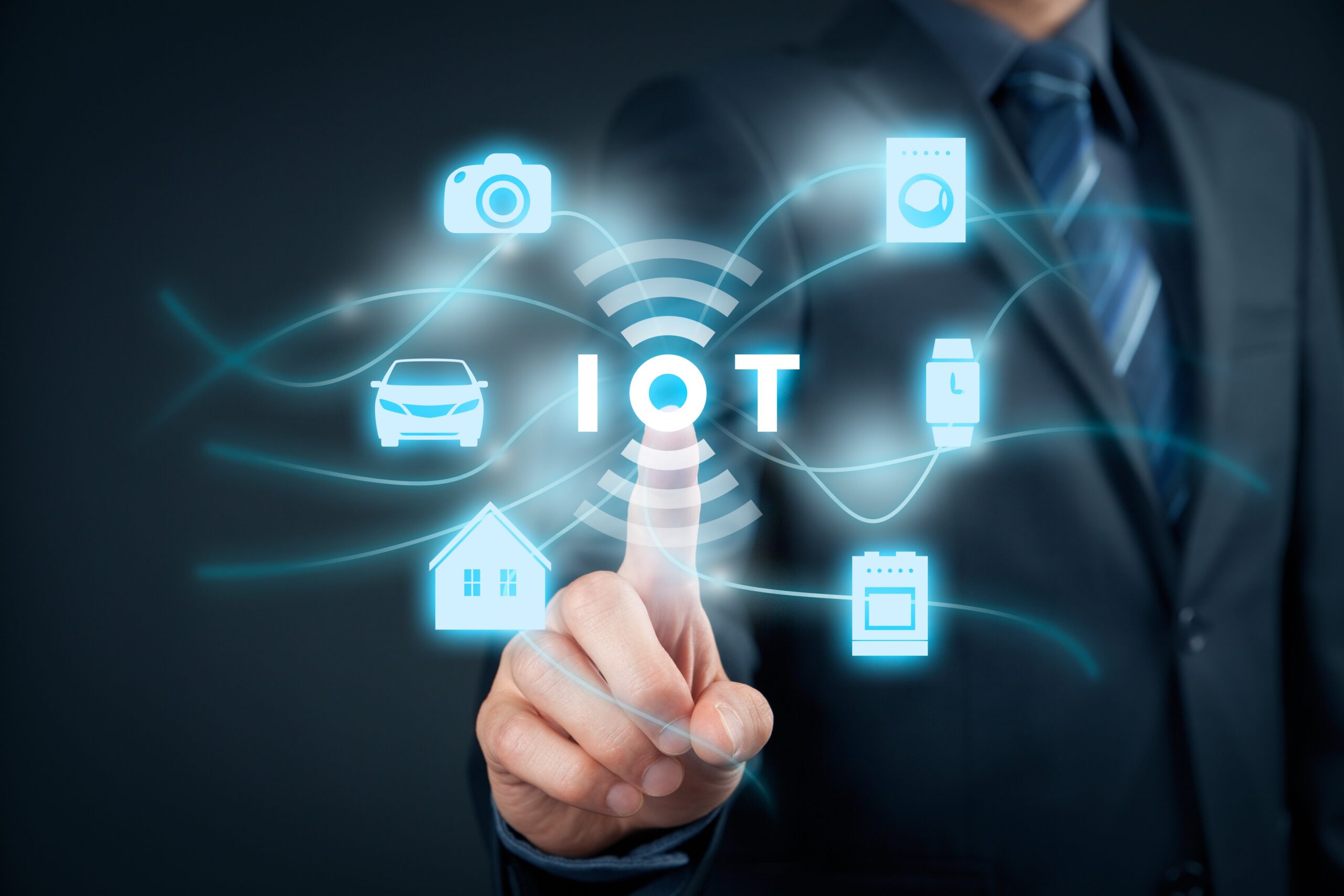In recent decades, Internet of Things (IoT) technology has been transforming the way we interact with the world every day. From smart homes to automated manufacturing processes, IoT is encompassing every aspect of our lives and fundamentally changing the way we interact with technology. This article explores what IoT is, how it works, and how smart devices are becoming an integral part of our daily lives.
What is the Internet of Things?
The Internet of Things (IoT) is a network of physical devices that are connected to the Internet and can communicate with each other. These devices are equipped with sensors, software, and other technologies that allow them to collect, transmit, and receive data, as well as perform certain actions based on this information. Classic examples include smart thermostats, fitness bands, and smart security systems.
How does IoT work?
An IoT system includes several key components:
- Devices and sensors: These components collect data about the physical environment. For example, a temperature sensor can measure the temperature in a room, and a surveillance camera can record video.
- Connectivity: IoT devices transmit data through communication networks such as Wi-Fi, Bluetooth, Zigbee, or mobile networks. This enables the exchange of information between devices and central systems.
- Data processing: Once collected, the data is sent to cloud servers or on-premise nodes for analysis. It uses software to process information, identify patterns, and generate useful conclusions.
- Analytics and management: Based on the analyzed data, decisions can be made, which are then passed back to the devices to perform certain actions. For example, if a smart thermostat detects that the temperature in a room is below a set level, it can automatically turn on the heater.
The impact of IoT on everyday life
1. Smart homes
One of the most striking examples of the introduction of IoT into everyday life is the concept of a smart home. Smart devices such as thermostats, lights, locks, and security systems can be networked together via smartphone or voice commands. This not only increases the level of comfort, but also contributes to a more efficient use of resources, lower energy costs and increased safety.
2. Health & Fitness
IoT is also finding applications in the healthcare and fitness industries. Smart fitness bracelets and watches track physical activity, sleep quality, heart rate, and other important indicators. This information can be used to analyze your health status and provide recommendations for improving your lifestyle. In the medical field, IoT devices help monitor the condition of patients, transmit data to doctors in real time, and even predict potential health problems.
3. Smart transport
In the transportation industry, IoT is driving the creation of smart transportation systems that can analyze traffic, optimize routes, and predict traffic jams. Smart cars equipped with sensors and navigation systems can exchange information with road infrastructure and other vehicles, which improves road safety and reduces the likelihood of accidents.

4. Industrial Applications
In industry, IoT is used to automate processes, increase efficiency, and reduce costs. Smart sensors on production lines allow you to monitor the status of equipment in real time, prevent breakdowns and optimize production processes. In agriculture, IoT solutions help monitor the condition of plants, manage irrigation, and perform other operations based on data received from sensors.
Benefits and challenges of IoT
Advantages
- Convenience and comfort: IoT devices simplify everyday tasks, make life more convenient and efficient.
- Resource conservation: Smart systems help to use energy and other resources more efficiently, which can lead to significant savings and reduced environmental impact.
- Improved security: IoT devices such as surveillance cameras and alarm systems contribute to increased security and property protection.
- Innovation and opportunity: IoT opens up new opportunities to create innovative solutions in areas ranging from healthcare to smart cities.
Calls
- Security and privacy: Connecting many devices to the internet poses risks to the security and privacy of data. Measures are needed to protect against cyberattacks and information leaks.
- Interoperability and standards: The lack of uniform standards and protocols can lead to compatibility issues between devices from different manufacturers.
- Complexity of management: Managing a large number of devices and data can be complex and requires specialized skills and knowledge.
- Dependence on technology: Increasing reliance on smart devices can create problems if they break or malfunction.
The future of IoT
The future of IoT promises to be exciting and multifaceted. With the advancement of technology and the decreasing cost of manufacturing sensors and other IoT components, the number of connected devices is expected to continue to grow. The emergence of new technologies such as 5G, augmented reality and artificial intelligence will contribute to the further development of IoT and the creation of more complex and integrated systems.
The possibilities for IoT innovation and application seem endless. However, it is important to consider and address the challenges related to security, privacy, and data governance to ensure that these technologies are implemented in our lives in a reliable and efficient manner.
Conclusion
The Internet of Things is already having a significant impact on our lives today, turning physical objects into smart devices that can interact with each other and with us. Every year, IoT penetrates new areas, providing new opportunities to improve the quality of life and increase efficiency. It is important to continue to research and develop these technologies in order to maximize their benefits and minimize potential risks.
